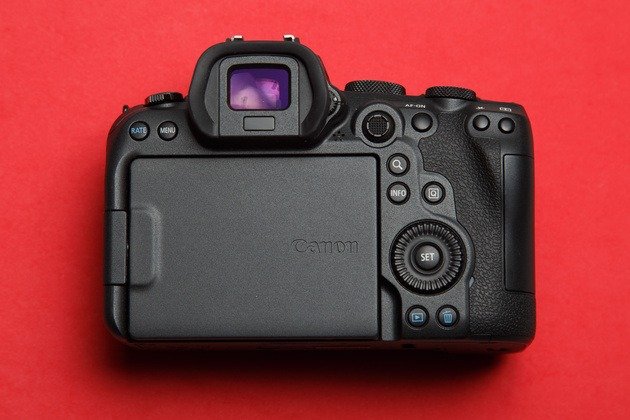Earlier, we have already tested Canon’s flagship mirrorless camera, the EOS R5. The most powerful characteristics and considerable price clearly indicate that the “five” needs an ally in sales on the store shelf. The market clearly needs something more accessible. This task was assigned to the Canon EOS R6 mirrorless camera. What is it: “an ugly girlfriend” against which you can shine, or a strong partner, a kind of Doctor Watson for the genius Holmes? About this and not only in our Canon EOS R6 test.
Canon EOS R6 / (61182) Settings: ISO 100, F1.2, 1/800 с
The specs show that Canon EOS R5 surpasses the hero of our test in many respects, yielding only in autonomy. But considering the price of the “five”, we had no doubts about it. The main question is: how much is the EOS R6 inferior? Everything here is not so simple. Let’s start with the sensor. Its resolution is significantly lower, but this may be good for a number of genres. A stretch of 20 megapixels is enough for large format printing, which is good.
Canon EOS R6 / (61182) Settings: ISO 100, F4, 1/640 с, 24.0 мм
The sensor is equipped with a stabilization system. Judging by the characteristics, it is the same as in the EOS R5. Great news! A shutter with a “professional” shutter speed of 1/8000 s and a rate of fire up to 12 frames / s is at least similar in characteristics in both cameras. But the EOS R6 has a declared resource of 300,000 operations versus 500,000 in the EOS R5.
The autofocus system does not differ much. Obviously, the discrepancy in the numbers is due to different sensors. We note the main thing: in both cameras, the second generation Dual Pixel CMOS AF is used, there is face and eye recognition, and animals. In the “five” we tested earlier, autofocus worked just for a solid five.
Canon EOS R6 / (61182) Settings: ISO 160, F1.2, 1/125 с, 85.0 мм
The “simpler” EOS R6 has a smaller declared buffer size. However, the figure of 120 RAW files at 20 frames per second still fills our review with a light aroma of the Olympic stadium.
Autofocus confidently keeps the running dog in sharp focus.
In everyday life, you still need to try to realize the potential of this function. Nevertheless, we note the difference, just as we do not forget about different memory cards. The EOS R6 works with two available SDs, while the EOS R5 will require fast and expensive CFexpress to deliver top-of-the-line video capabilities, although it also has an SD slot.
So we got to the main thing – video filming! Here, Canon marketers have been wise and pragmatic. If you want it all, look at the EOS R5 with its 8K RAW video. And if 4K is enough and you can do without RAW, then that’s about the EOS R6. Downsampling 4: 2: 2, 10 bits and even C-Log in the camera!
Some simplification of the viewfinder and screen looks quite logical. Frankly, the differences in life visible on paper can only be discerned with a very close pairwise comparison. The resolution of 3.69 million pixels is enough for comfortable shooting. And the frame rate in the viewfinder can be increased to 120 per second for smoother images.
the bottom line, we get a very modern camera for photo and video shooting with not record, but absolutely practical characteristics. Well, do we charge the battery for shooting?









